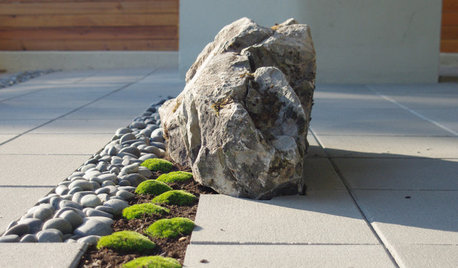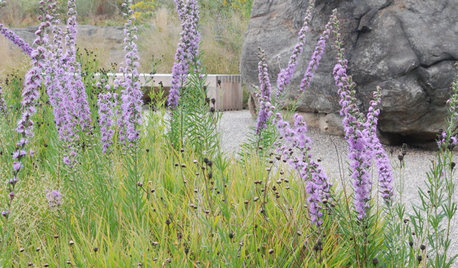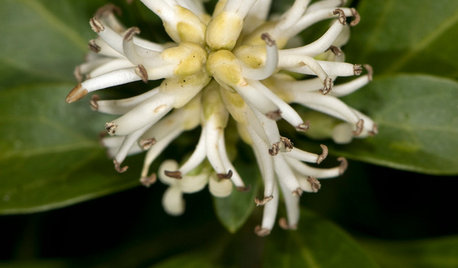Sweet flag
dalehileman
14 years ago
Related Stories

GARDENING GUIDES3 Ways to Revel in Summer Garden Sweetness
Patiently observe what works and doesn’t work in your landscape
Full Story
BATHROOM DESIGNSweet Retreats: The Latest Looks for the Bath
You asked for it; you got it: Here’s how designers are incorporating the latest looks into smaller master-bath designs
Full Story
DECORATING GUIDESHouzz Call: What Home Collections Help You Feel Like a Kid Again?
Whether candy dispensers bring back sweet memories or toys take you back to childhood, we'd like to see your youthful collections
Full Story
PRODUCT PICKSGuest Picks: Hot Chocolate Station Fixings
Treat family and guests to a fix of cocoa in a festive mug, accompanied by sweet somethings, from a well-stocked kitchen station
Full Story
LANDSCAPE DESIGNDare to Mix Things Up in the Landscape
Courageously contrast plantings, materials and structures in your garden to create unexpected beauty and intrigue
Full Story
MOST POPULARThe Not Naturally Organized Parent's Guide to the Holidays
This year get real about what you can and cannot handle, and remember the joys of spending time with the ones you love
Full Story
MIDCENTURY HOMESHouzz Tour: How Can We Get Invited to This Awesome Midcentury Home?
A redwood-clad gem in California’s Marin County features a dreamy outdoor oasis with an open-door policy for the homeowners’ friends
Full Story
DECORATING GUIDESDIY: Make a Candy-Cane Striped Holiday Wreath
Heather from Whipper Berry shows us how to make an easy and creative holiday decoration for your door
Full Story
INSPIRING GARDENSNative Plants Inspire and Educate at NYC's Botanical Garden
Stroll through the new Native Plant Garden with us to get great ideas for plant choices and sustainability
Full Story
GARDENING GUIDESHow to Use Pachysandra Responsibly in the Landscape
It's tops at covering lots of ground quickly, but be sure this low evergreen plant doesn't spread where it shouldn't
Full StoryMore Discussions







donn_
gardengal48 (PNW Z8/9)
Related Professionals
Cottonwood Landscape Architects & Landscape Designers · Forest City Landscape Architects & Landscape Designers · Blue Springs Landscape Contractors · Cockeysville Landscape Contractors · New Baltimore Landscape Contractors · Smyrna Landscape Contractors · St. Louis Landscape Contractors · Vacaville Landscape Contractors · Vallejo Landscape Contractors · Forest Hill Landscape Contractors · Homer Glen Solar Energy Systems · Irving General Contractors · Markham General Contractors · Perrysburg General Contractors · Warrenville General ContractorsdalehilemanOriginal Author